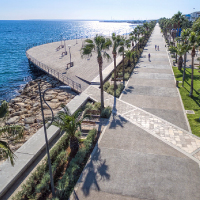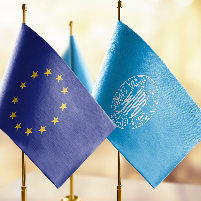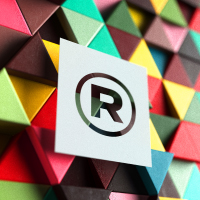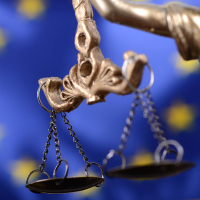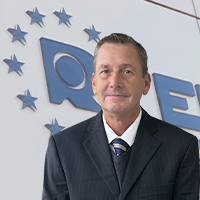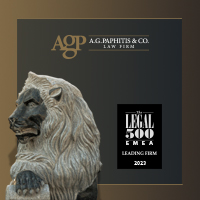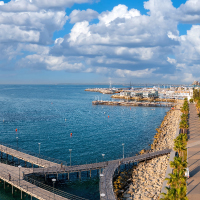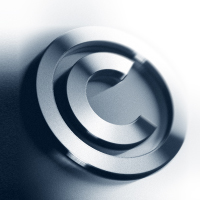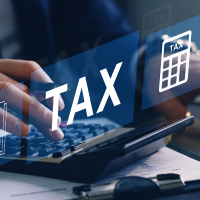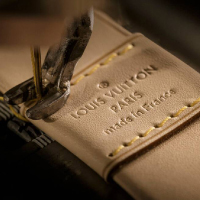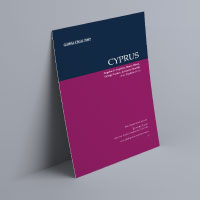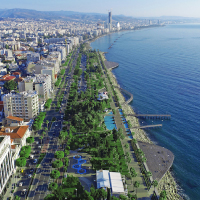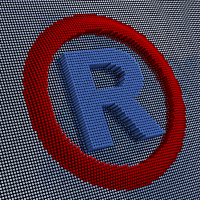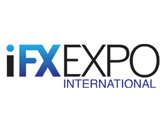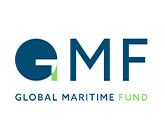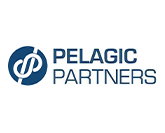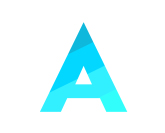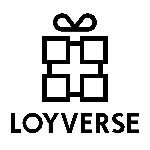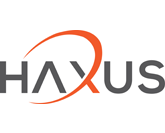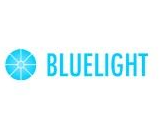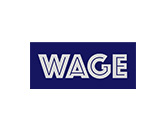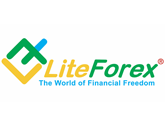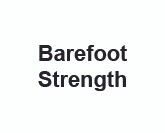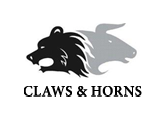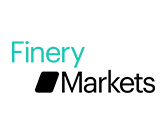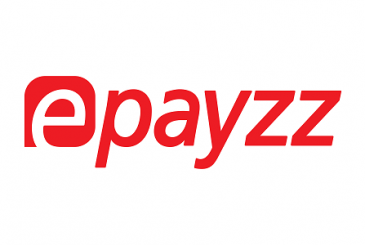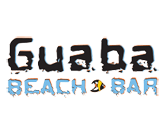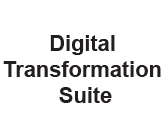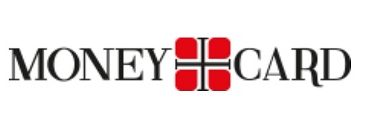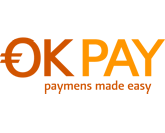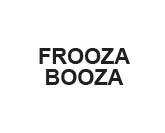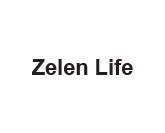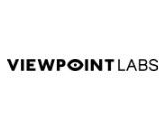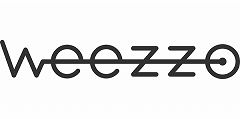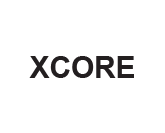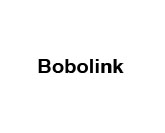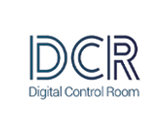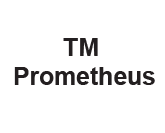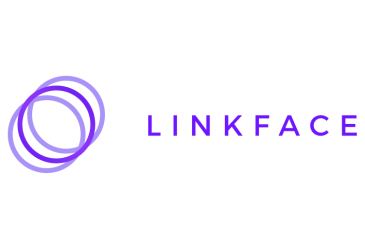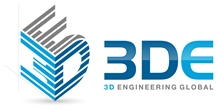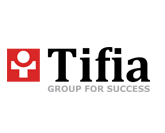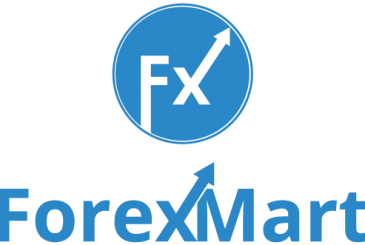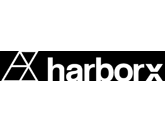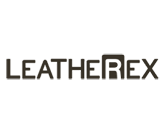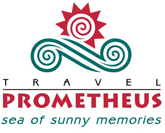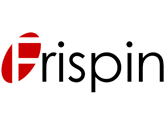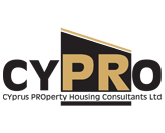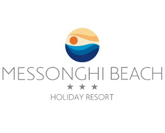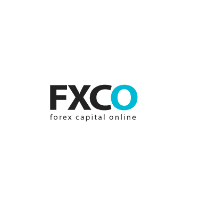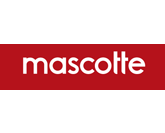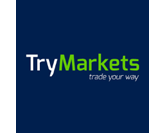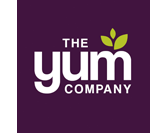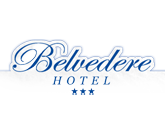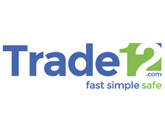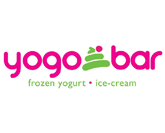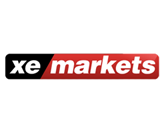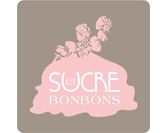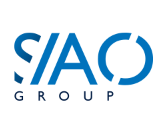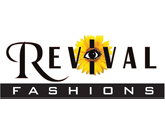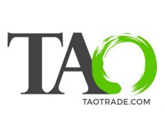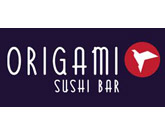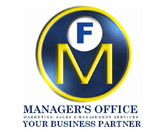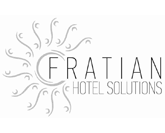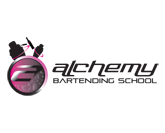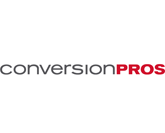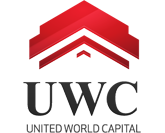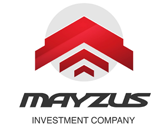Καταχώριση Εμπορικού Σήματος
Η AGP & Co έχει οικοδομήσει ισχυρή φήμη στον τομέα καταχώρισης εθνικών, κοινοτικών (ΕΕ) και διεθνών εμπορικών σημάτων. Ενθαρρύνουμε τους πελάτες μας να προστατεύσουν τα εμπορικά σήματα, τις εμπορικές επωνυμίες, τα λογότυπα, τα σλόγκαν και τα εικονιστικά σήματά τους.
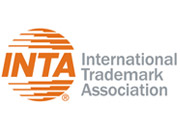
Η AGP & Co είναι περήφανη που είναι επίσημο μέλος της Διεθνούς Ένωσης Εμπορικών Σημάτων (International Trademark Association), διατηρώντας τους δικηγόρους μας ενημερωμένους και σε πλήρη επίγνωση των διεθνών τάσεων, προγραμμάτων και εκδηλώσεων σε θέματα πνευματικής ιδιοκτησίας.
Προσφέρουμε υπηρεσίες καταχώρισης εμπορικών σημάτων σε περισσότερες από 120 χώρες στον κόσμο, πέραν της εναρμονισμένης ενιαίας αίτησης για όλα τα κράτη μέλη της ΕΕ (Γραφείο Διανοητικής Ιδιοκτηρίας της Ευρωπαϊκής Ένωσης – European Union Intellectual Property Office (EUIPO)). Το γραφείο μας διαθέτει ένα εξαιρετικό δίκτυο συνεργατών – αντιπροσώπων σε κάθε χώρα, καθώς η προστασία εμπορικού σήματος σε πολλές χώρες απαιτεί τον διορισμό τοπικού αντιπροσώπου. Έχουμε εργαστεί σκληρά για να βρούμε αξιόπιστους και αποτελεσματικούς συνεργάτες και είμαστε περήφανοι που έχουμε κτίσει ένα παγκόσμιο δίκτυο από εξαιρετικούς δικηγόρους και αντιπροσώπους εμπορικών σημάτων οι οποίοι μοιράζονται τις ίδιες αρχές με εμάς. Στο διεθνές δίκτυο συνεργατών και δικηγόρων της AGP & Co συγκαταλέγονται περισσότεροι από 100 επαγγελματίες.
Όλα όσα πρέπει να γνωρίζετε για τις καταχωρίσεις εμπορικών σημάτων
Τα εμπορικά σήματα είναι σήματα που χρησιμοποιούνται στο εμπόριο για την αναγνώριση προϊόντων. Σύμφωνα με τον Κανονισμό (ΕΚ) αριθ. 207/2009 του Συμβουλίου της 26ης Φεβρουαρίου 2009, εμπορικό σήμα ορίζεται ως εξής:
Ένα […] σήμα μπορεί να αποτελείται από οποιαδήποτε σημεία, ιδίως δε από λέξεις, συμπεριλαμβανομένου του ονόματος προσώπων, ή από σχέδια, γράμματα, αριθμούς, χρώματα, το σχήμα του προϊόντος ή τη συσκευασία του προϊόντος, ή από ήχους, εφόσον τα σημεία αυτά μπορούν από τη φύση τους να διακρίνουν τα προϊόντα ή τις υπηρεσίες μιας επιχείρησης από τα αντίστοιχα προϊόντα ή υπηρεσίες άλλων επιχειρήσεων […].
Τι μπορεί να γίνει δεκτό ως σήμα:
- λεκτικό σήμα το οποίο αποτελείται από λέξεις ή γράμματα, αριθμούς ή συνδυασμό των παραπάνω˙
- εικονιστικό σήμα (λογότυπο) είτε αυτό περιλαμβάνει λέξεις είτε όχι˙
- χρώματα ή συνδυασμό χρωμάτων˙
- σλόγκαν˙
- σήμα τρισδιάστατου σχήματος˙
- ηχητικό σήμα.
Τι δεν μπορεί να γίνει δεκτό ως σήμα:
- Περιγραφικό σήμα (ωστόσο, ενδέχεται να ισχύουν ορισμένες εξαιρέσεις, σε περίπτωση που αυτά τα σήματα έχουν αποκτήσει διακριτικό χαρακτήρα λόγω της εκτεταμένης χρήσης τους στην ΕΕ)˙
- Σχήματα που προκύπτουν από τη φύση των προϊόντων˙
- Σήματα τα οποία είναι λέξεις ή συσκευές που χρησιμοποιούνται για την ένδειξη συγκεκριμένων προϊόντων/υπηρεσιών˙
- Σήματα τα οποία μπορούν να παραπλανήσουν το κοινό σχετικά με τη φύση, την ποιότητα της γεωγραφικής προέλευσης των προϊόντων/υπηρεσιών˙
- Σήματα που αντίκειται στη δημόσια τάξη˙
- Σήματα τα οποία προστατεύονται από τη Σύμβαση των Παρισίων (εθνικές σημαίες, εμβλήματα, κτλ.)˙
- Σήματα τα οποία μπορούν να θεωρηθούν ως προσβλητικά σε μια άλλη χώρα.
Σύμβολα σημάτων (®, TM και SM):
Τα σύμβολα ®, TM και SM χρησιμοποιούνται για να δηλώσουν αξίωση για ένα σήμα.
Ποια η διαφορά μεταξύ των συμβόλων ®, TM και SM
Το σύμβολο ®, γνωστό ως σύμβολο καταχωρισμένου σήματος, χρησιμοποιείται ως ειδοποίηση νόμιμης ιδιοκτησίας σήματος που έχει καταχωριστεί σε εθνικό γραφείο εμπορικών σημάτων. Επομένως, το σύμβολο αυτό πρέπει να χρησιμοποιείται μόνο για ένδειξη καταχωρισμένου σήματος ή υπηρεσίας. Η χρήση αυτού του συμβόλου για μη καταχωρισμένα σήματα μπορεί να αποτελέσει έδαφος για καταγγελία απάτης ή προσπάθεια παραπλάνησης πελατών, κτλ.
Από την άλλη, τα σύμβολα TM και SM μπορούν να χρησιμοποιηθούν για μη καταχωρισμένα σήματα από οποιονδήποτε επιθυμεί να απαιτήσει δικαιώματα για ένα σήμα ή υπηρεσία. Το σύμβολο TM χρησιμοποιείται για υλικά αγαθά και προϊόντα, ενώ το σύμβολο SM χρησιμοποιείται για υπηρεσίες.
Προσφέρουμε υπηρεσίες καταχώρισης εμπορικών σημάτων σε περισσότερες από 120 χώρες στον κόσμο, πέραν της εναρμονισμένης ενιαίας αίτησης για όλα τα κράτη μέλη της ΕΕ (Γραφείο Διανοητικής Ιδιοκτηρίας της Ευρωπαϊκής Ένωσης – European Union Intellectual Property Office (EUIPO)).
Η διεθνή προστασία εμπορικών σημάτων απαιτεί τον διορισμό τοπικού αντιπροσώπου. Έχουμε εργαστεί σκληρά για να βρούμε αξιόπιστους και αποτελεσματικούς συνεργάτες και είμαστε περήφανοι που έχουμε κτίσει ένα παγκόσμιο δίκτυο από εξαιρετικούς δικηγόρους και αντιπροσώπους εμπορικών σημάτων οι οποίοι μοιράζονται τις ίδιες αρχές με εμάς. Στο διεθνές δίκτυο συνεργατών και δικηγόρων της AGP & Co συγκαταλέγονται περισσότεροι από 100 επαγγελματίες.
Θα σας βοηθήσουμε να επιλέξετε τις απαραίτητες κλάσεις για την καλύτερη προστασία του εμπορικού σας σήματος, θα προτείνουμε τις χώρες όπου πρέπει να γίνει η καταχώριση (μέσω του Γραφείου για την Εναρμόνιση στην Εσωτερική Αγορά ή του Παγκόσμιου Οργανισμού Διανοητικής Ιδιοκτησίας ή αλλιώς) και τα στάδια βελτιστοποίησης του κόστους, θα προτείνουμε την καλύτερη στρατηγική για καταχώριση και θα σας παρέχουμε τις συγκεκριμένες απαιτήσεις της κάθε χώρας.
Σύμφωνα με τον Κανονισμό (ΕΚ) αριθ. 207/2009 του Συμβουλίου της 26ης Φεβρουαρίου 2009, εμπορικό σήμα ορίζεται ως εξής:
Το σήμα της ΕΕ μπορεί να αποτελείται από οποιαδήποτε σημεία, ιδίως δε από λέξεις, συμπεριλαμβανομένου του ονόματος προσώπων, ή από σχέδια, γράμματα, αριθμούς, χρώματα, το σχήμα του προϊόντος ή τη συσκευασία του προϊόντος, ή από ήχους, εφόσον τα σημεία αυτά μπορούν από τη φύση τους να διακρίνουν τα προϊόντα ή τις υπηρεσίες μιας επιχείρησης από τα αντίστοιχα προϊόντα ή υπηρεσίες άλλων επιχειρήσεων […].
Η καταχώριση σήματος της ΕΕ αναφέρεται σε μια ενιαία καταχώριση που είναι έγκυρη και εκτελεστή σε όλα τα κράτη μέλη της Ευρωπαϊκής Ένωσης. Προηγουμένως, προκειμένου να διασφαλιστεί η προστασία ενός εμπορικού σήματος στην ΕΕ, ο ιδιοκτήτης έπρεπε να υποβάλει ξεχωριστές αιτήσεις σε κάθε κράτος μέλος.
Ποιος μπορεί να υποβάλει αίτηση για καταχώριση εμπορικού σήματος της ΕΕ;
- Φυσικό πρόσωπο ή
- Νομική Οντότητα
Τι μπορεί να γίνει δεκτό ως σήμα της ΕΕ;
Ένα σήμα της ΕΕ μπορεί να αποτελείται από σημεία που μπορούν να αναπαρίστανται με αποδεκτούς μορφότυπους, ιδίως από λέξεις, συμπεριλαμβανομένου του ονόματος προσώπων, ή από σχέδια, γράμματα, αριθμούς, το σχήμα του προϊόντος ή τη συσκευασία του προϊόντος που διακρίνουν τα προϊόντα ή τις υπηρεσίες μιας επιχείρησης από τα αντίστοιχα προϊόντα ή υπηρεσίες άλλων επιχειρήσεων
Επομένως, τα σημεία που μπορούν να καταχωριστούν ως εμπορικά σήματα περιλαμβάνουν τα εξής:
- λεκτικό σήμα το οποίο αποτελείται από λέξεις ή γράμματα, αριθμούς ή συνδυασμό των παραπάνω
- εικονιστικό σήμα είτε αυτό περιλαμβάνει λέξεις είτε όχι
- εικονιστικό σήμα σε χρώμα
- χρώματα ή συνδυασμό χρωμάτων
- σήμα τρισδιάστατου σχήματος
- ηχητικό σήμα.
Τι δεν μπορεί να γίνει δεκτό ως σήμα της ΕΕ;
- Περιγραφικό σήμα (ωστόσο, ενδέχεται να ισχύουν ορισμένες εξαιρέσεις, σε περίπτωση που αυτά τα σήματα έχουν αποκτήσει διακριτικό χαρακτήρα λόγω της εκτεταμένης χρήσης τους στην ΕΕ)˙
- Σχήματα που προκύπτουν από τη φύση των προϊόντων˙
- Σήματα τα οποία είναι λέξεις ή συσκευές που χρησιμοποιούνται για την ένδειξη συγκεκριμένων προϊόντων/υπηρεσιών˙
- Σήματα τα οποία μπορούν να παραπλανήσουν το κοινό σχετικά με τη φύση, την ποιότητα της γεωγραφικής προέλευσης των προϊόντων/υπηρεσιών˙
- Σήματα που αντίκειται στη δημόσια τάξη˙
- Σήματα τα οποία προστατεύονται από τη Σύμβαση των Παρισίων (εθνικές σημαίες, εμβλήματα, κτλ.)˙
- Σήματα τα οποία μπορούν να θεωρηθούν ως προσβλητικά σε μια άλλη χώρα.
Σε ποια γλώσσα πρέπει να κατατίθεται η αίτηση;
Η αίτηση σήματος της ΕΕ μπορεί να κατατίθεται σε οποιαδήποτε από τις 24 γλώσσες της Ευρωπαϊκής Ένωσης ως πρώτη γλώσσα (αγγλικά, βουλγαρικά, γαλλικά, γερμανικά, δανικά, ελληνικά, εσθονικά, ιρλανδικά, ισπανικά, ιταλικά, κροατικά, λετονικά, λιθουανικά, μαλτέζικα, ολλανδικά, ουγγρικά, πολωνικά, πορτογαλικά, ρουμανικά, σλοβακικά, σλοβενικά, σουηδικά, τσεχικά και φινλανδικά).
Επιπλέον, πρέπει να επιλέγεται μια δεύτερη γλώσσα από τις ακόλουθες πέντε γλώσσες του Γραφείου Διανοητικής Ιδιοκτησίας της Ευρωπαϊκής Ένωσης: αγγλικά, γαλλικά, γερμανικά, ιταλικά ή ισπανικά.
Η δεύτερη γλώσσα μπορεί να χρησιμοποιηθεί από το Γραφείο στο πλαίσιο πιθανών διαδικασιών ανακοπής και/ή ακύρωσης.
Ποιος μπορεί να καταθέσει ανακοπή;
- Δικαιούχοι προηγούμενων καταχωρίσεων (Σήμα της Ευρωπαϊκή Ένωσης – European Trademak (EUTM) και εθνικά σήματα).
- Δικαιούχοι μη καταχωρισμένων σημάτων των οποίων η ισχύς δεν είναι μόνον τοπική, εφόσον ο νόμος του κράτους τους, τούς δίνει το δικαίωμα να απαγορευτεί η χρήση του σήματος.
- Δικαιούχοι σημάτων που εμπίπτουν στο άρθρο 6 δις της Σύμβασης των Παρισίων (δηλ. γνωστά σήματα).
Τι προθεσμία προβλέπεται για την άσκηση ανακοπής;
Ανακοπή μπορεί να ασκηθεί εντός προθεσμίας 3 μηνών από την ημερομηνία δημοσίευσης της αίτησης σήματος της ΕΕ.
Ποιος μπορεί να υποβάλει «παρατηρήσεις»;
Μετά τη δημοσίευση μιας αίτησης, τρίτο πρόσωπο μπορεί να υποβάλει παρατηρήσεις ότι το σήμα δεν είναι αποδεκτό βάση απόλυτου λόγου ακυρότητας.
Σε ποιες περιπτώσεις μπορεί να κηρυχθεί εκπτωτός των δικαιωμάτων του ο δικαιούχος του σήματος της ΕΕ;
- Εάν δεν έχει γίνει ουσιαστική χρήση του σήματος. Σύμφωνα με τη νομοθεσία, πρέπει να γίνει ουσιαστική χρήση του σήματος της ΕΕ στην Ευρωπαϊκή Ένωση εντός προθεσμίας 5 ετών από την καταχώρισή του. Επιπλέον, το σήμα πρέπει να χρησιμοποιείται χωρίς διακοπή επί περισσότερα από 5 συνεχόμενα έτη.
- Εάν το σήμα, συνεπεία ενεργειών του δικαιούχου, έχει καταστεί συνήθης εμπορική ονομασία προϊόντος ή υπηρεσίας για την οποία έχει καταχωριστεί και ο δικαιούχος δεν έλαβε επαρκή μέτρα για να αποτρέψει το γεγονός αυτό.
- Εάν το σήμα, λόγω της χρήσης που γίνεται από το δικαιούχο, έχει καταστεί παραπλανητικό ως προς τη φύση, την ποιότητα ή τη γεωγραφική προέλευση των προϊόντων ή υπηρεσιών για τις οποίες έχει καταχωριστεί.
Οι παραπάνω πληροφορίες παρέχονται μόνο για γενικούς σκοπούς και δεν θεωρούνται ως νομικές συμβουλές.
Για περισσότερες πληροφορίες σχετικά με τις καταχωρίσεις εμπορικών σημάτων και άλλων δικαιωμάτων διανοητικής ιδιοκτησίας, πατήστε εδώ.
Η Κλάση είναι η μια περιγραφή του προϊόντος ή των υπηρεσιών που καλύπτονται από το εμπορικό σήμα. Η καταχώριση εμπορικού σήματος δεν καλύπτει αυτόματα όλους τους τομείς/κλάδους αλλά θα καλύπτει μόνο τις κλάσεις που καθορίζονται στην αίτηση.
Είναι πολύ σημαντικό να επιλέξετε τις σωστές κλάσεις που θα καλύπτονται από το εμπορικό σήμα, καθώς η προσθήκη κλάσης σε μεταγενέστερο στάδιο, δηλ. μετά την καταχώριση του σήματος, δεν επιτρέπεται. Σε τέτοια περίπτωση, πρέπει να κατατεθεί καινούρια αίτηση. Η ομάδα μας βρίσκεται στη διάθεσή σας για να σας βοηθήσει να επιλέξετε τις σωστές κλάσεις.
Αναζήτηση εμπορικού σήματος πριν την καταχώριση:
Προτού καταθέσετε την αίτησή σας, είναι σημαντικό να προβαίνετε σε αναζήτηση σημάτων προκειμένου να επιβεβαιώσετε κατά πόσο το σήμα που προτίθεστε να καταχωρίσετε δεν έχει ήδη καταχωριστεί από κάποιον άλλον. Η ομάδα μας μπορεί να σας βοηθήσει να εντοπίσετε εάν κάποιος έχει καταχωρίσει παρόμοιο σήμα ή όνομα με εσάς, αποφεύγοντας έτσι τις περιττές δαπάνες και πιθανές αξιώσεις. Με αυτό τον τρόπο, μπορείτε να αποφασίσετε κατά πόσο επιθυμείτε να προχωρήσετε με την αίτησή σας.
Παρακολούθηση εμπορικού σήματος μετά την καταχώριση
Η καταχώριση του σήματός σας είναι εξίσου σημαντική όσο και η παρακολούθηση. Το εμπορικό σας σήμα δεν αφορά τις δημόσιες αρχές διανοητικής ιδιοκτησίας. Είναι δική σας ευθύνη να παρακολουθείτε την αγορά και να εντοπίζετε πιθανές αιτήσεις σημάτων που μπορεί να είναι πανομοιότυπες ή παρόμοιες με το δικό σας. Ωστόσο, είναι πολύ δύσκολο για κάποιο άτομο να παρακολουθεί τις αιτήσεις που καταχωρούνται παγκοσμίως, γι’ αυτό και η ομάδα μας προσφέρει μια αυτοματοποιημένη λύση παρακολούθησης η οποία ανιχνεύει πιθανές αντικρουόμενες αιτήσεις και σας ειδοποιεί εκ των προτέρων. Αυτό θα σας δώσει το δικαίωμα να αντιταχθείτε έγκαιρα σε ενδεχόμενη παραβίαση.





